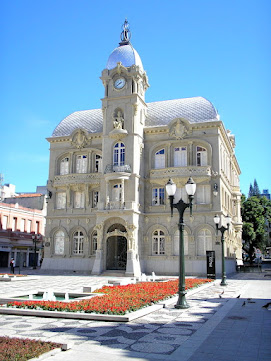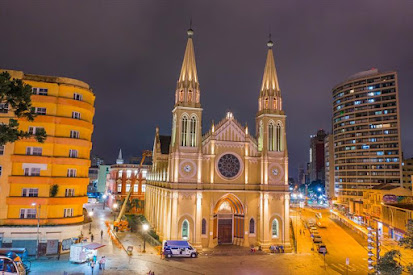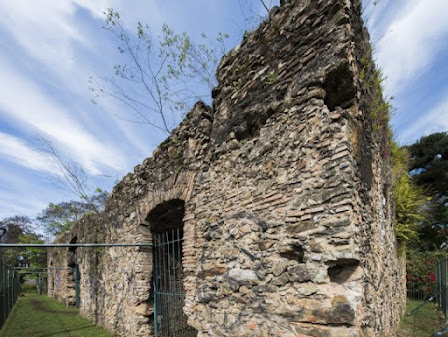The eclectic architecture of Curitiba: wealth, luxury and modernity
Welcome, readers!
The spread of the eclectic style around the world reflected the emergence of an urban, capitalist and technological elite, which had longed wished for a new and characteristic style of high architecture. It had to be adapted for the mass use of the rising population of the cities, while also being a symbol of wealth and luxury. The blend of different designs, such as art decò, art noveau, neoclassical and neobaroque represented a new evolution on the history of architecture, which, for the first time, made equal use of technology and art.
While this phenomenon developed in Europe and the rest of Brazil, an economic upper class started to gain proeminence in Curitiba, specially after the popularization of an herb called "mate". Therefore, inspired by the most recent constructions in São Paulo and Rio de Janeiro, the eclectic style started to be explored in the city.
Palace of Liberty
The luxurious and richly ornate Palace of Liberty was constructed to function as Curitiba's city hall, role it played until 1971. The typically art decò details are embodied by a neoclassical facade, representing the melt of styles typical of the eclectic architecture.
The series of classical sculptures adorning the building, added to the symmetry of the windows and the colored roof demonstrate the diversity of influences, being impossible to label it as belonging to one of the traditional styles. Presently, the Palace is a public interest center of culture.
Castle of Batel
The Castle of Batel, located in the neighborhood of the same name, is a neorromantic palace built in 1928. Inspired in the French medieval castles of the Loire region, it remained as a luxurious residence for tycoons and powerful politicians of the city. It presents an European and picturesque aura that has been replicated neither in Curitiba nor in Brazil.
Throughout its history, it was occupied by illustrious regional figures, such as its founder, the coffee entrepeneur Luiz Guimarães, and visited by many international heads of state.
Nowadays, it functions as a private event hall, reflecting the importance the Castle of Batel has received in Curitiba's landscape.




Comentários
Postar um comentário